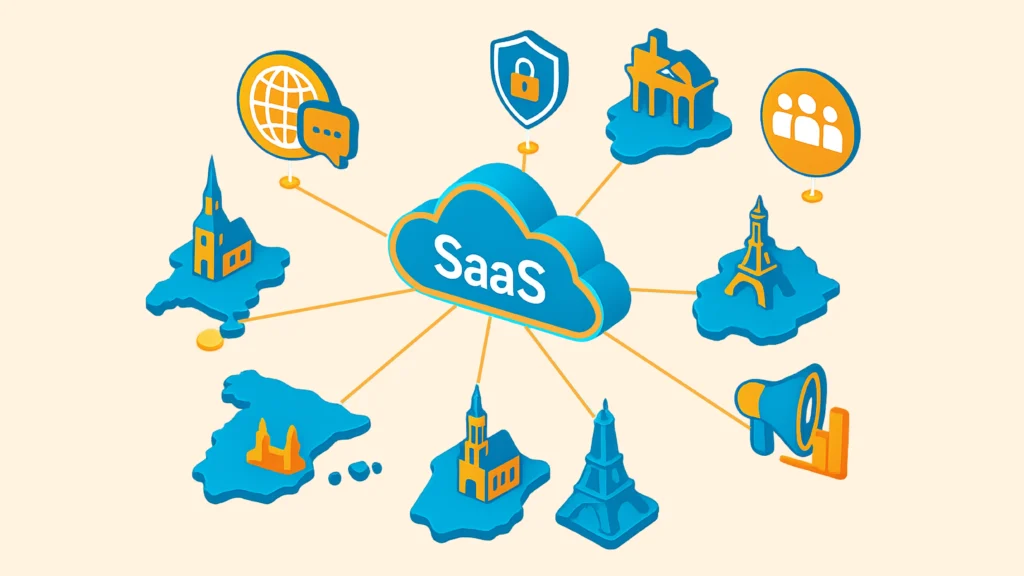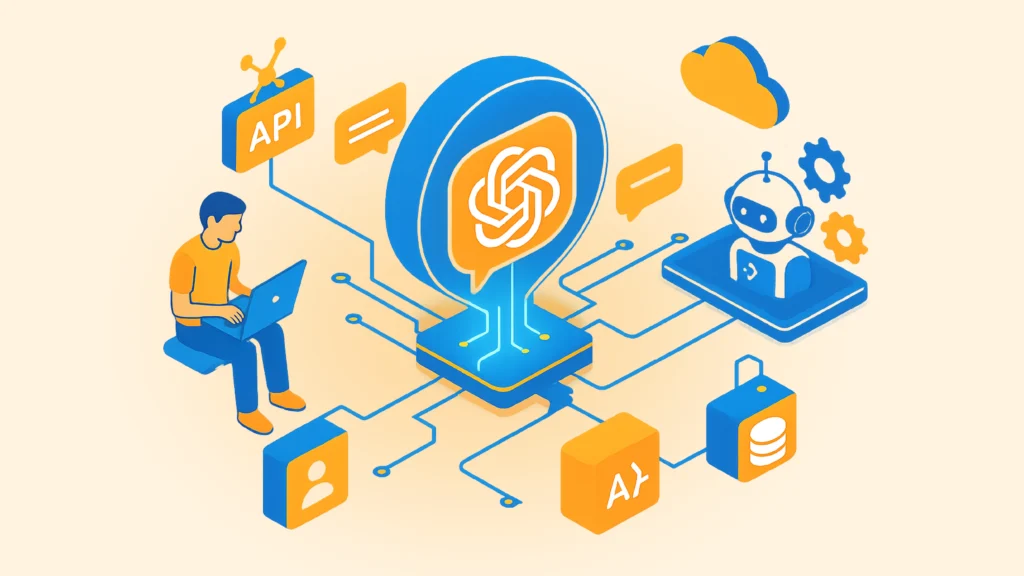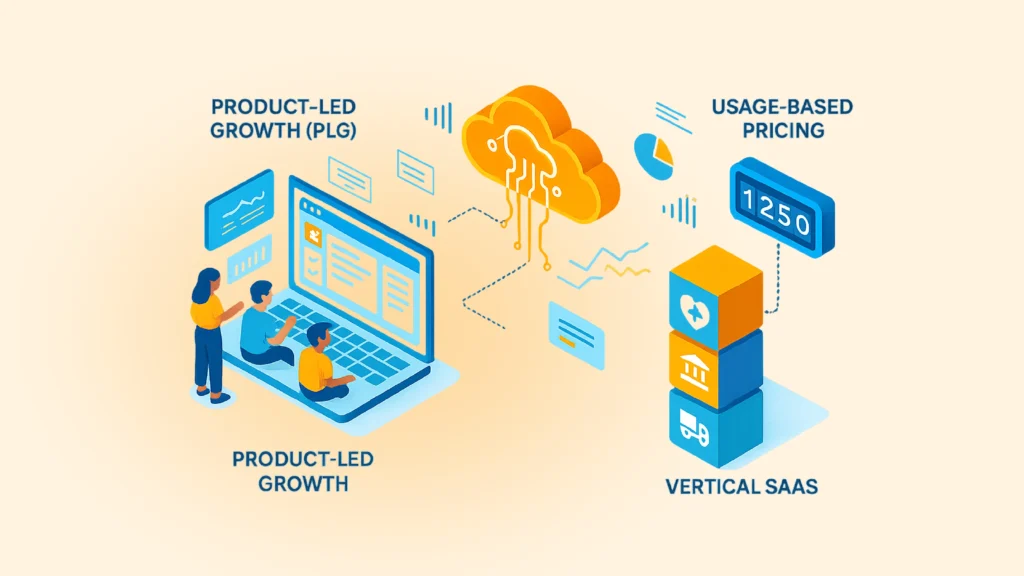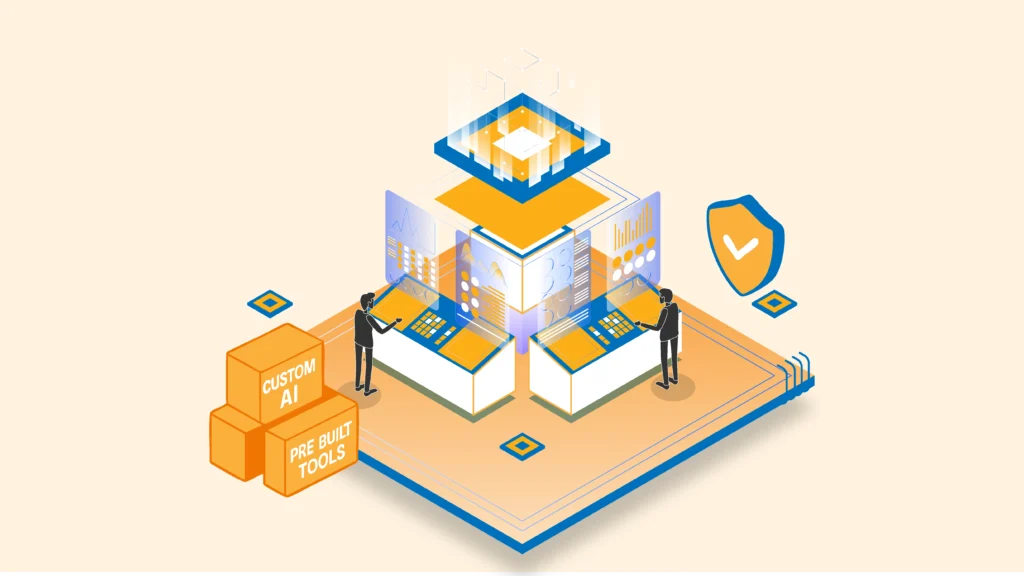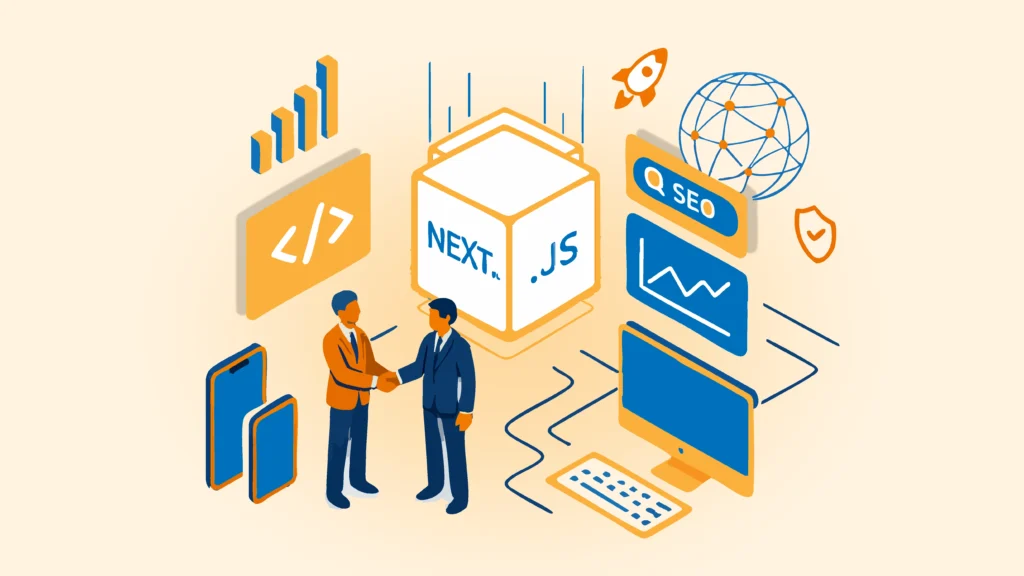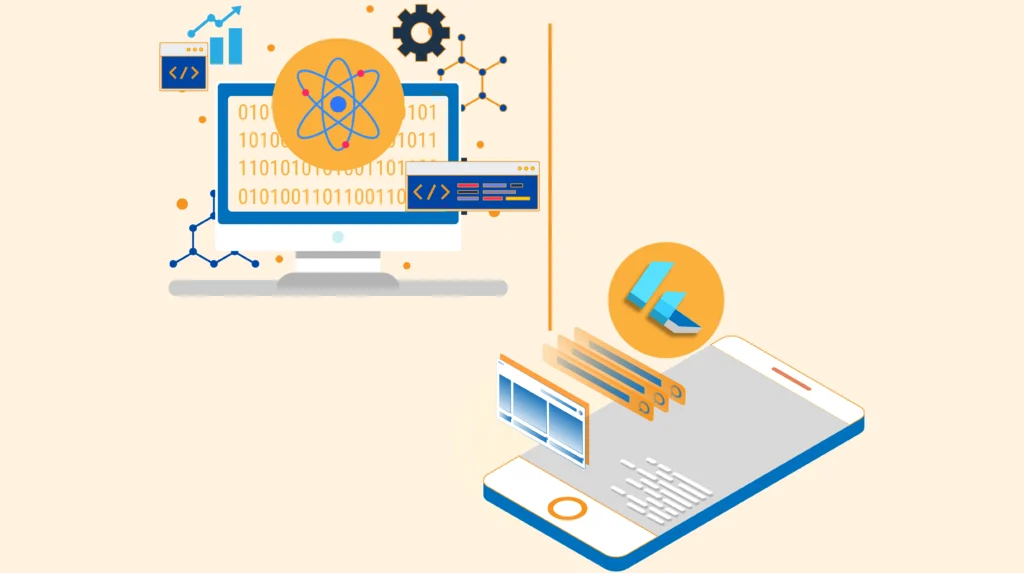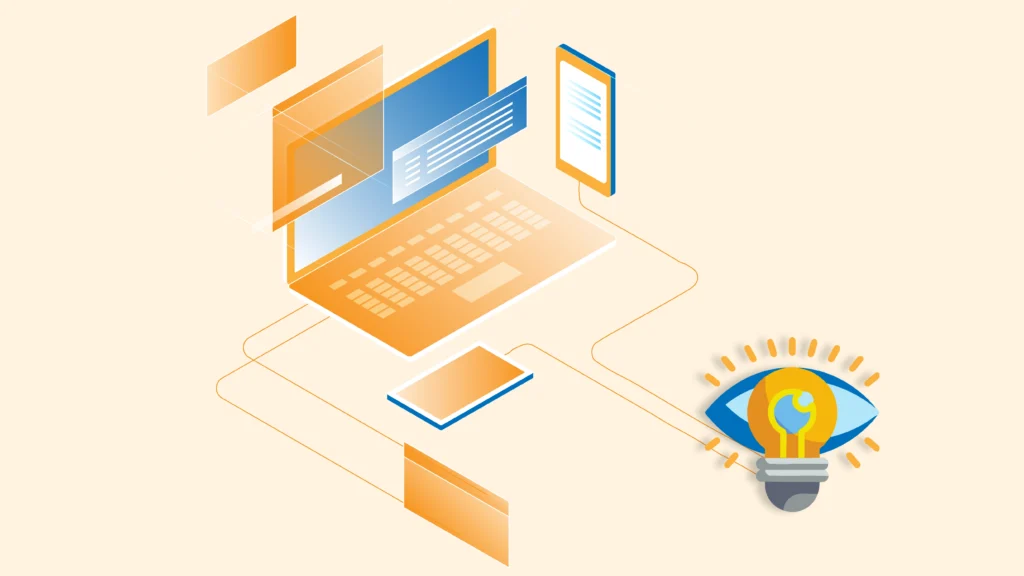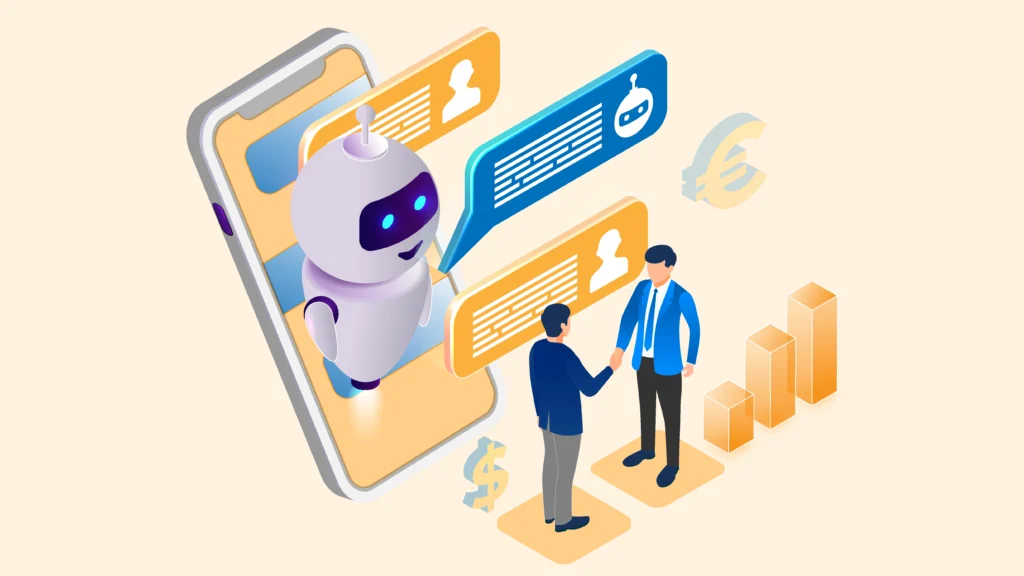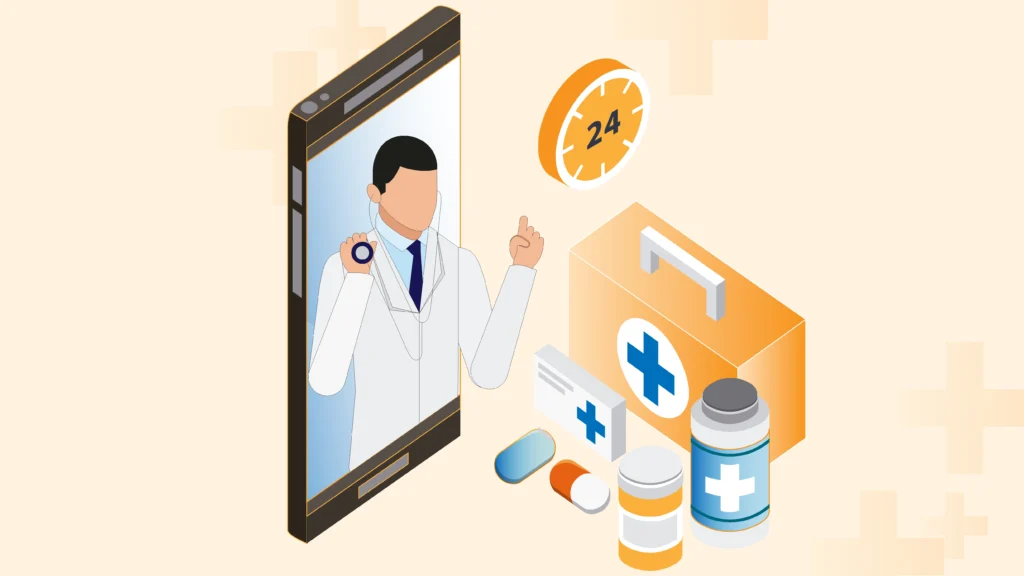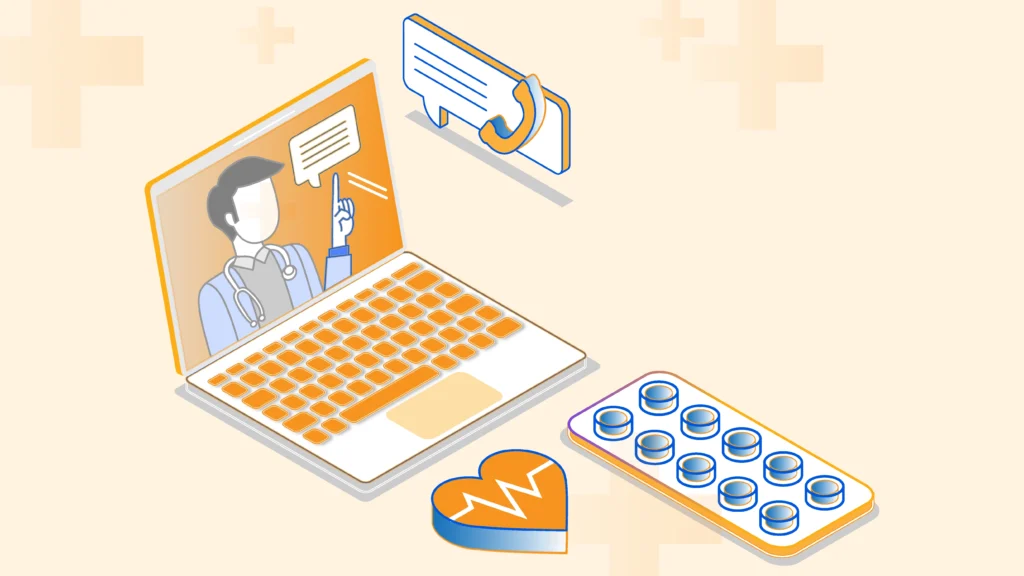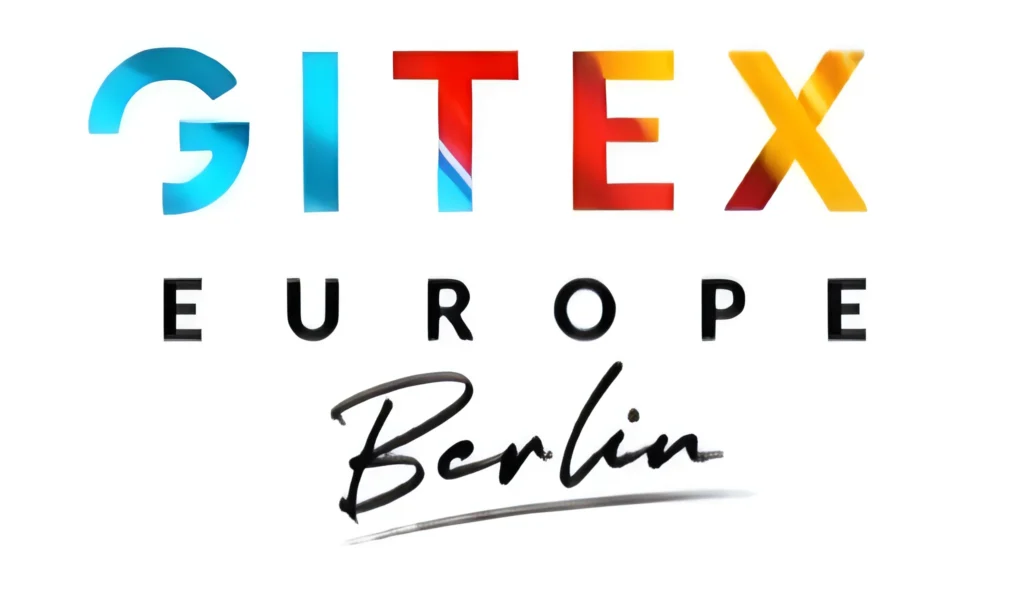What Are Computer Vision Services and How Do They Work
What Are Computer Vision Services and How Do They Work
- September 29, 2025
- 10 Mins Read
What is Computer Vision?
Computer vision is an AI-enabled branch having its prime focus on the process of enabling computers to understand and mimic the data, images, and videos in a way similar to humans, which further helps understand and demonstrate the data with deliverables and explanations. The innovative technologies used are machine learning, deep learning, and image processing algorithms. It is a process of extracting information from the virtual data, allowing computers to recognize the object and understand images and context from these data that are available in the format of images and videos.
“Computer vision isn’t just teaching machines to see—it’s empowering them to understand, interpret, and transform the world in ways we never imagined.”
Why is computer vision becoming more important?
Computer vision in security is another field that is bringing a significant change to their day-to-day work. With facial recognition technology, not only has secure identity verification increased, but public monitoring and suspicious detection have improved rapidly. The e-commerce industry is not behind it. For an improved shopping experience for the users, image-based product searches and ads based on image content analysis are more popular with the help of computer vision technology.
How does computer vision work?
Computer vision services are the art that works similarly, just like we humans. It helps visualize, understand, and deliver real-time impactful key visual insights. It involves multiple stages, beginning with capturing videos and images from different frames and through cameras and sensors. To enhance the overall quality and reliability of the data, the inputs from the raw visuals are subjected to the preprocessing techniques. Here is a quick look at the different stages.
- Feature Extraction: Feature extraction is known to be the crucial step in the heart of computer vision. The systems further examine visual inputs, assisting in detecting vital elements—edges, shapes, textures, and patterns. These extracted data are then converted into numerical data, enabling machines to understand and process the images more precisely. This entire process helps convert the raw visuals into real-time actionable insights.
- Object Detection: Next in the row is the object detection and its recognition. To help find the hidden object in the images, the need to use object detection is taken into consideration. It is the process that not only helps find the object but also shares a detailed understanding and outcome with real-time data extraction.
- Image Classification: The process of detecting objects from the given art is way beyond imagination due to the process of implementing image classification. It is a process where the images are categorized and segregated into specific classes. This outcome of the work is achieved only by using Convolutional Neural Networks (CNNs) and deep learning models, which are tailor-made for visual tasks. CNNs learn these layered features and help recognize complex patterns to deliver accurate classifications.
- Object Tracking: In video analysis, object tracking is the fundamental technique, playing a pivotal role. This is a feature that helps track and trace the constant movement of the objects through consecutive frames of the videos. The entire process seems to be a convenient and straightforward task, but it is an essential component with a wide range of applications.
Key Features of Computer Vision
- Visual Perception: Computer vision mimics a human and helps capture and interpret visual data that is discovered from the cameras and the sensors, enabling the machines to empower the system and understand the virtual inputs.
- Image Understanding: With the help of innovative and advanced algorithms, the systems easily analyze the images and the video frames, helping them identify the object, scenes, and the overall context.
- Pattern Recognition: Based on the fundamentals of how the machine interprets the images, computer vision technology helps detect the recurring patterns and deliver the inputs to it.
- Machine Learning and Deep Learning: Computer vision systems learn to extract features and help automate the visual data to make decisions with the help of CNN-powered techniques.
- Multidisciplinary Character: To understand and deliver human-like precision, the feature blends with the knowledge of computer science, AI, math, neuroscience, and physics.
Applications of Computer Vision Services
- Healthcare
- Medical Imaging: Early detection of disease and anomalies via X-rays and MRIs
- Surgical Assistance: Real-time tracking of the use of instruments during operations and medical procedures.
- Retail & E-commerce
- Customer Behavior Analysis: Helps track the time a user spends in front of the product.
- Visual Search Engines: Help users search for products with the help of images.
- Manufacturing & Industry 4.0
- Defect Detection: The bare minimum time, it helps identify the product flaws.
- Quality Control Automation: Increases the level of productivity along with a reduction in manual errors.
- Security & Surveillance
- Facial Recognition: Majorly used at airports, by law enforcement, and in public safety.
- Anomaly Detection: CCTV analysis helps spot any suspicious behavior.
- Autonomous Vehicles
- Object Tracking: It is mainly used to track and monitor pedestrians, traffic lights, and road signs
- Lane Detection: Keep the vehicle within driving boundaries
- Agriculture
- Crop Monitoring: The use of drone images helps identify pest infestation.
- Yield Estimation: Predict harvest using image data
Technologies Powering Computer Vision
- Deep Learning Frameworks: TensorFlow, PyTorch, OpenCV
- Hardware Accelerators: GPUs, TPUs, edge devices
- Cloud Services: AWS Rekognition, Azure Computer Vision, Google Cloud Vision API
- Pre-trained Models: YOLO (You Only Look Once), ResNet, VGGNet, Fast R-CNN
Reasons businesses are investing in computer vision
- Automation: Dependency on human-centric work is reduced, helping increase operational and managerial tasks with 100% accuracy and precision.
- Scalability: With deployment across systems, there is consistency with constant performance.
- Real-time Insights: Helps make instant decisions with real-time data inputs received.
- Cost Efficiency: A significant reduction in the cost is seen in terms of day-to-day tasks, managerial work, staff, and inspection costs.
- Competitive Edge: It shares more insights and real-time data that are scalable and more reliable with competitive inputs.
Real-World Use Cases
- MedTech Startup: A leading startup that demands analysis of more than a thousand chest x-rays in a day to find signs of pneumonia. It is where the startup invested in the process of integrating computer vision technology that helped them achieve the results. It helps automate diagnosis and improves accuracy by up to 25%.
- Retail Giant: An e-commerce industry implemented computer vision solutions to check the number of users searching for products via images. With this solution, the company saw an increase in customer engagement by 30%.
- Autonomous Driving: One of the biggest names is Tesla’s Autopilot, which uses computer vision to recognize and understand traffic behavior, enabling semi-autonomous navigation.
Conclusion: Unlocking the Power of Computer Vision with iQud’s Computer Vision Consulting Services.
Frequently Asked Questions
Computer vision goes further by interpreting and understanding the visual content, enabling machines to identify objects, recognize patterns, and make decisions—similar to human vision.
Computer vision has been a game-changer in multiple sectors and has delivered real-time solutions, providing key impacts in decision-making.
A. Hospitals — detecting tumors or any major health-related issues through X-rays.
B. Tracking customer behavior in retail stores.
C. Autonomous vehicle recognition.
D. Real-time identification of defects in the products at the factories.
E. Security systems are flagging suspicious activities on CCTV feeds.

